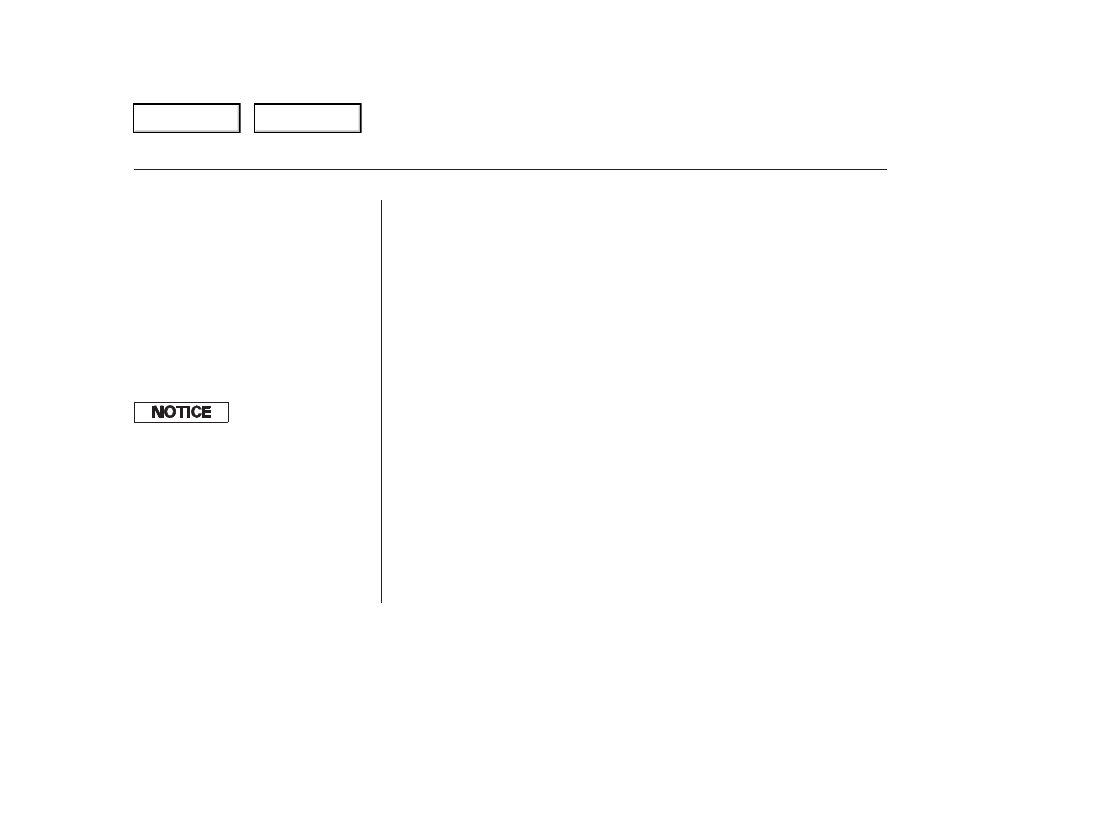Acura RSX (2006 year). Manual - part 15

If you decide to tow your vehicle
with all four wheels on the ground,
make sure you use a properly-
designed and attached tow bar.
Prepare the vehicle for towing as
described above, and leave the
ignition switch in the ACCESSORY
(I) position so the steering wheel
does not lock. Make sure the radio
and any electrical accessories are
turned off so they do not run down
the battery.
Emergency Towing
226
The steering system can be damaged if
the steering wheel is locked. Leave the
ignition switch in the ACCESSORY (I)
position, and make sure the steering
wheel turns f reely bef ore you begin
towing.
Main Menu
Table of Contents